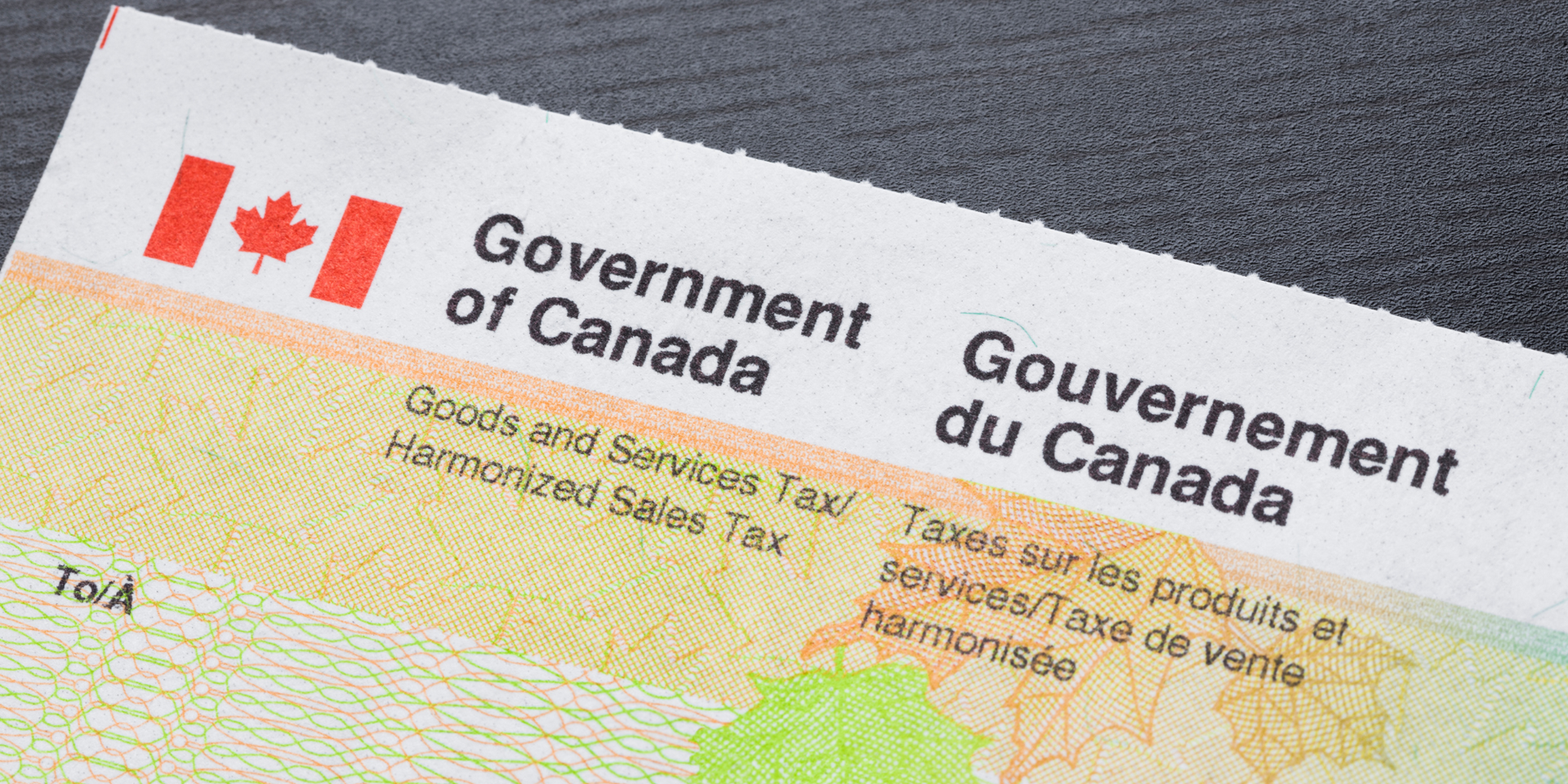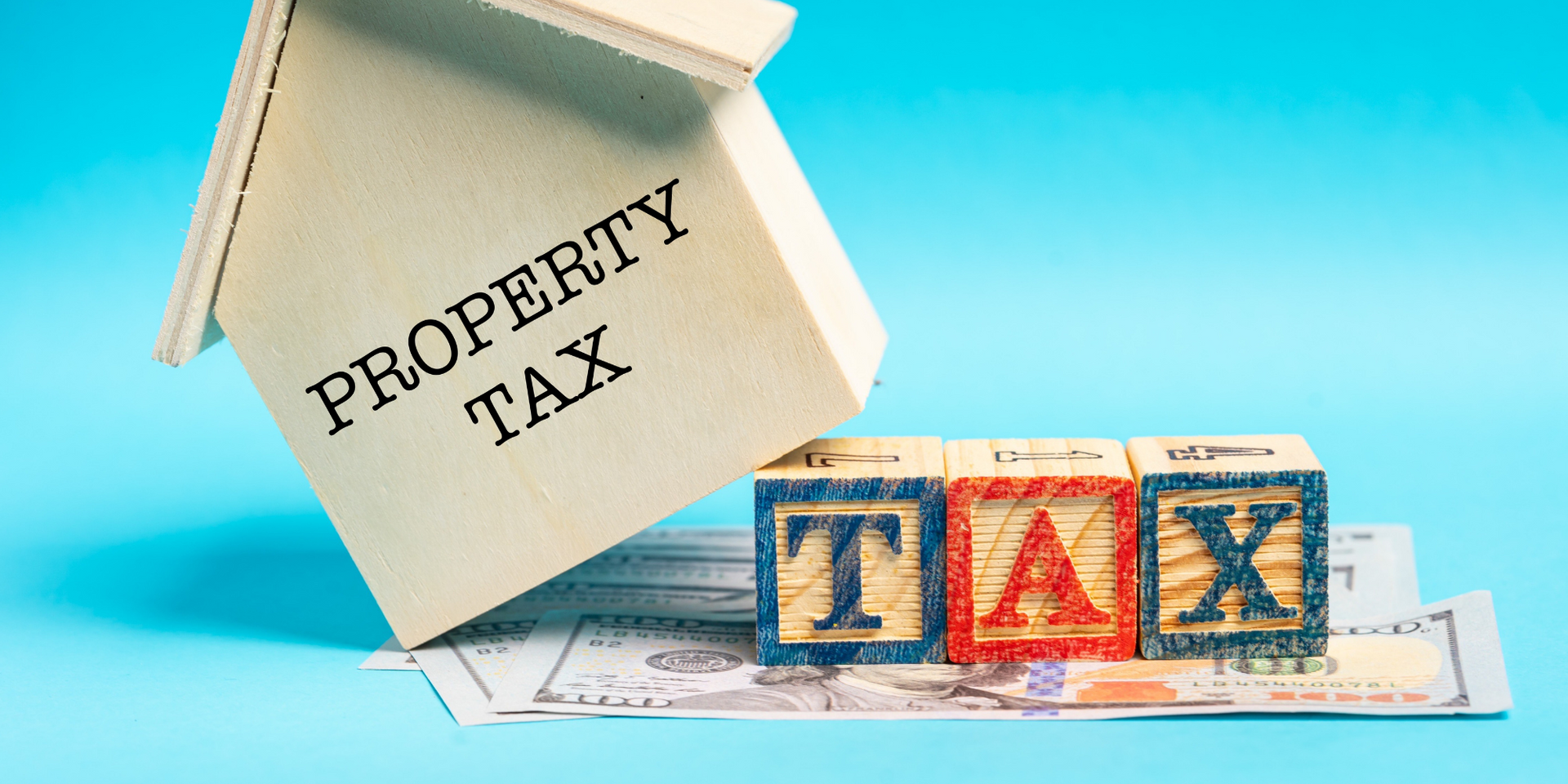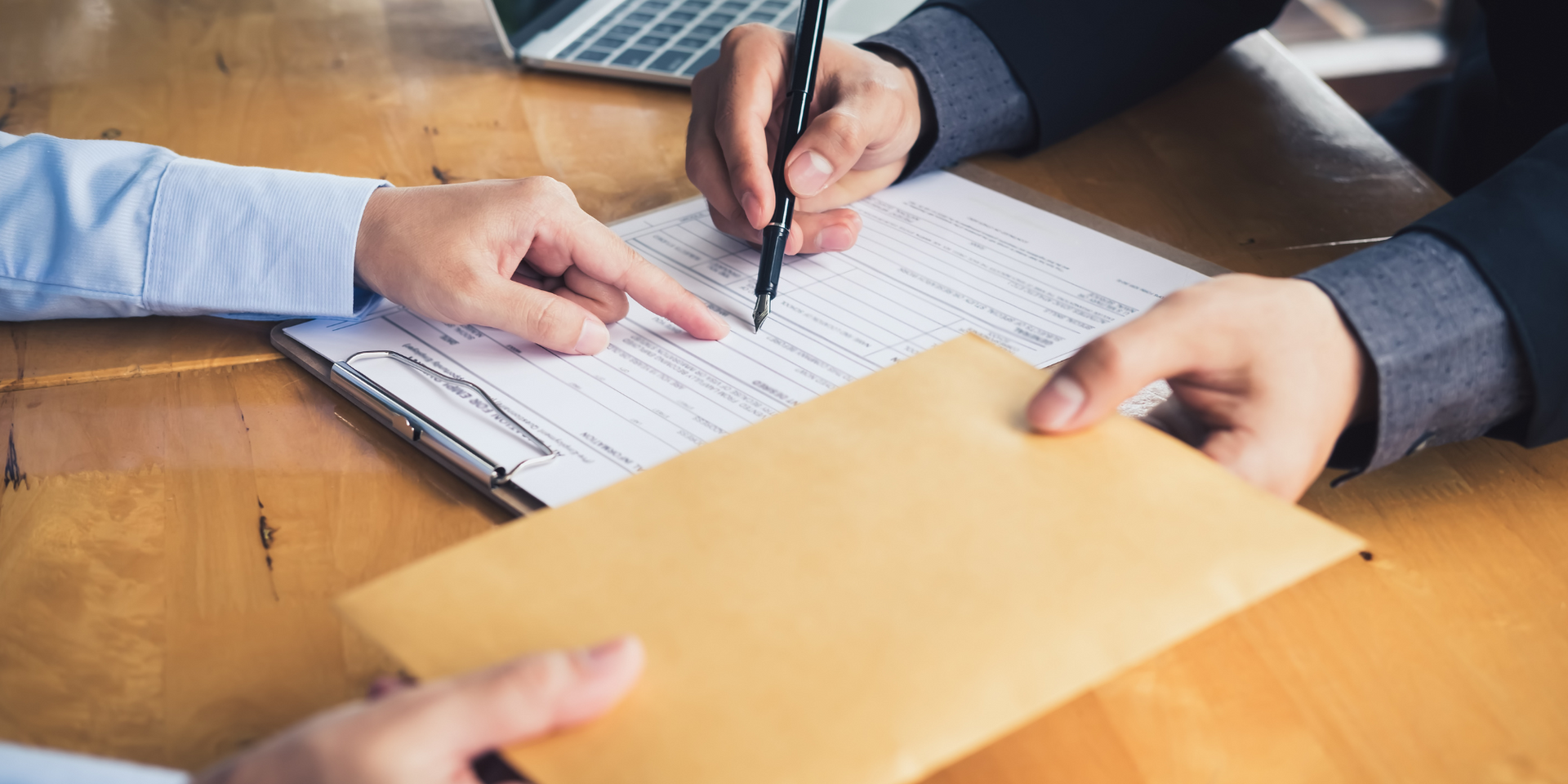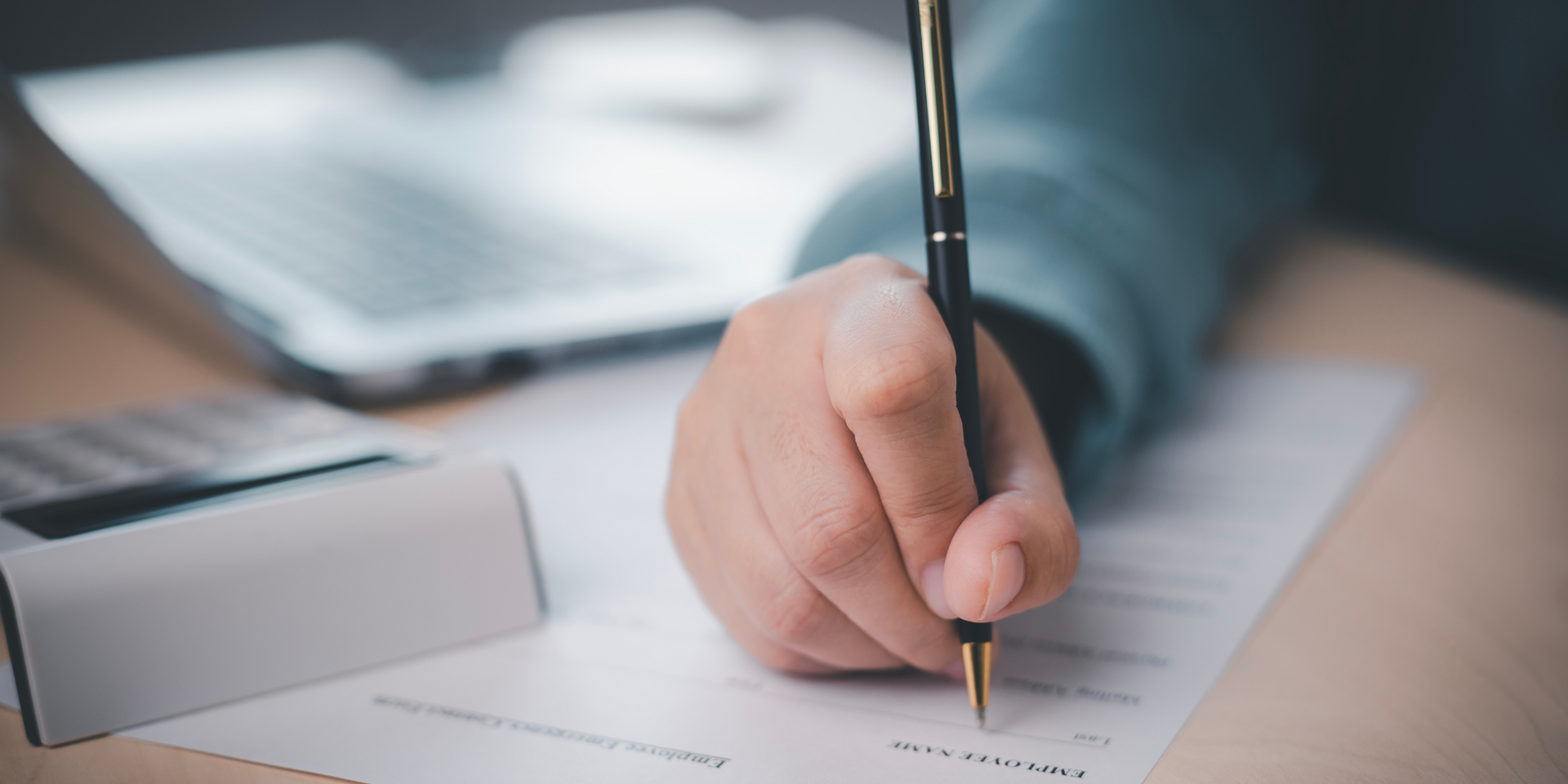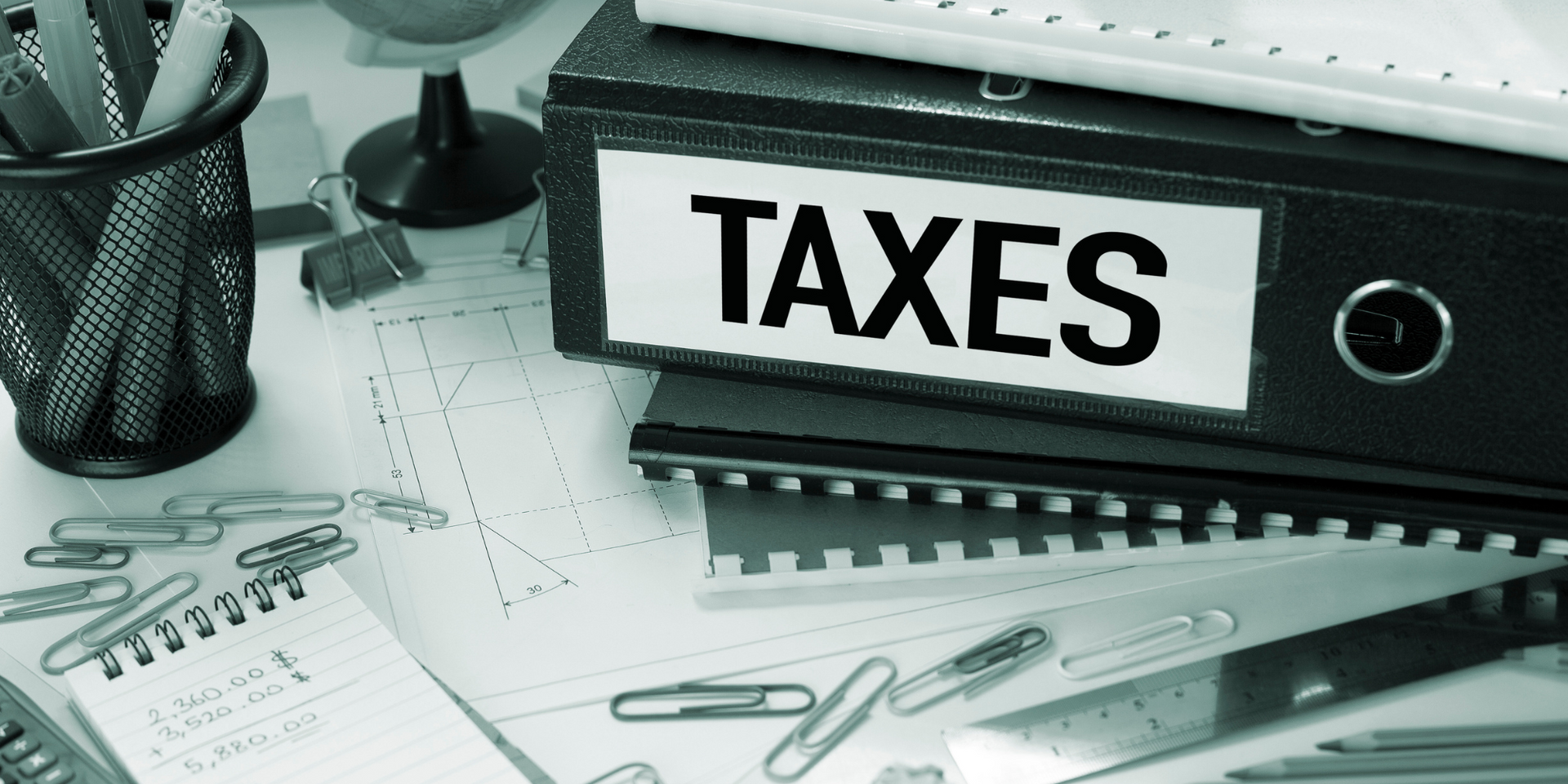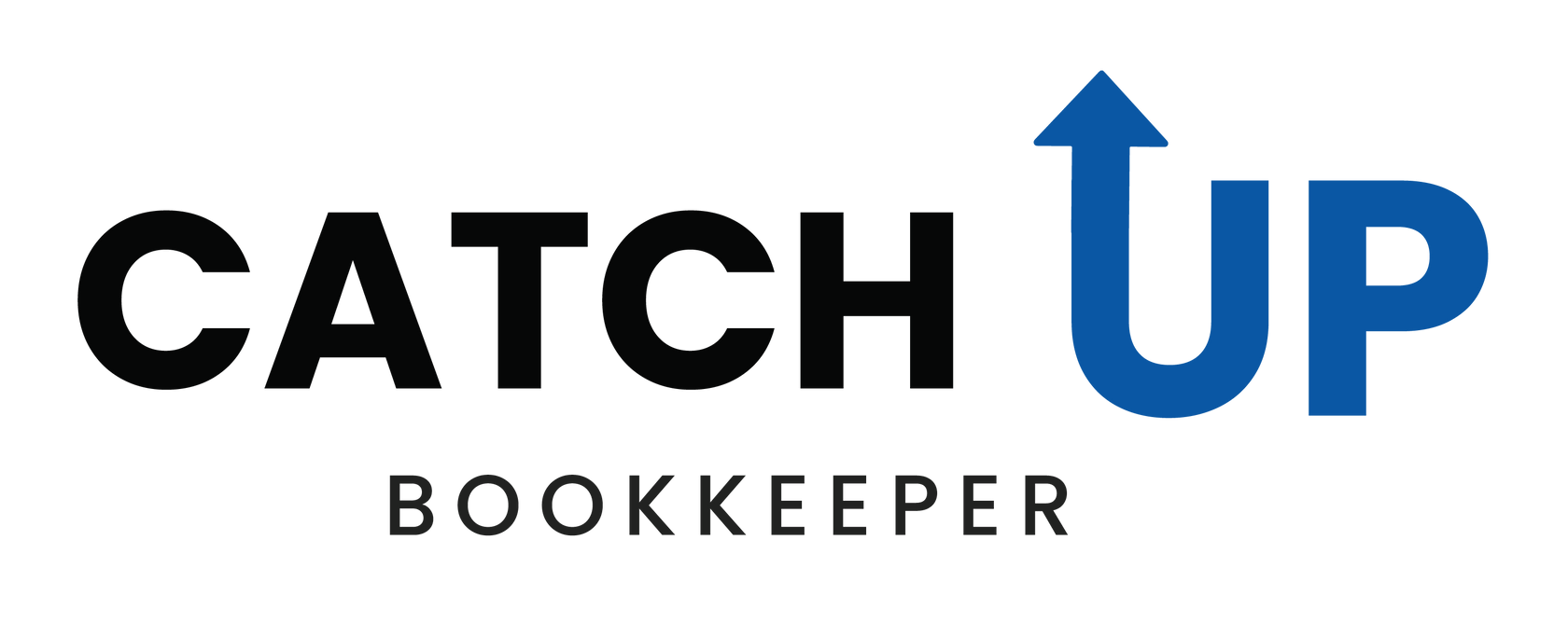Tax Tips for Freelancers and Self-Employed Individuals: A Guide to Filing Your Taxes
Freelancers enjoy the flexibility and independence that come with self-employment, but that freedom comes with extra responsibilities—especially when it comes to taxes. Filing taxes as a self-employed individual involves more than just reporting income, and taking full advantage of deductions and credits is key to minimizing your tax bill.
Here’s a guide to help you navigate the self-employed tax-filing process and stay on top of your financial obligations.
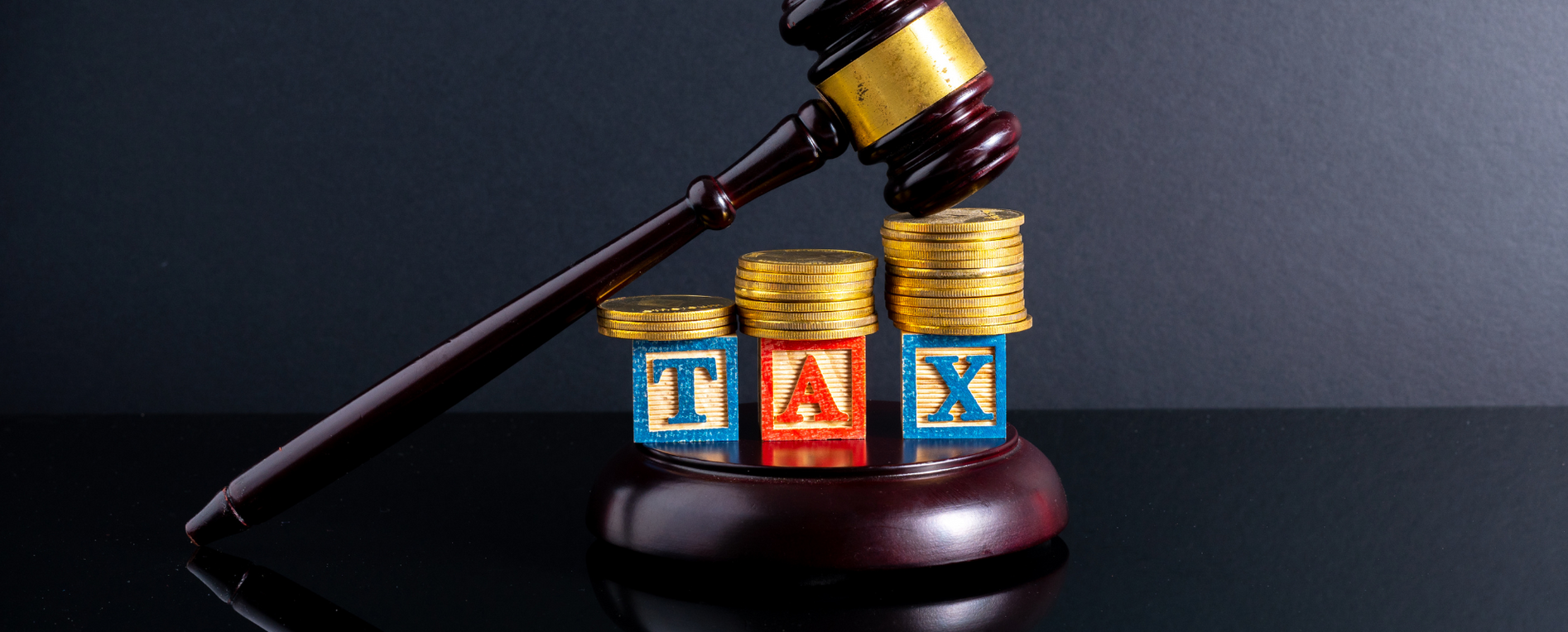
Keeping Track of Receipts and Invoices
Whether you’re making business purchases online or in-store, it’s crucial to save your receipts and organize them throughout the year. This will make it much easier to claim expenses when you file your tax return. Keep in mind that the deadline to file taxes for self-employed individuals is June 15 (or the following Monday if it falls on a weekend), but any taxes owed are due by April 30.
Here are a few important points regarding expenses:
- The Canada Revenue Agency (CRA) requires receipts and invoices for any expenses you claim.
- In the event of an audit, you must provide supporting documentation to back up your claims.
- Without proper documentation, your claims could be denied, and you may face penalties or interest.
How to Budget for Taxes as a Freelancer
Unlike salaried employees, freelancers don’t have income taxes, Canada Pension Plan (CPP), or Employment Insurance (EI) deductions automatically taken from their pay. This means you’re responsible for paying both the employee and employer portions of CPP and, optionally, EI.
A successful year could lead to a higher tax bill, so it’s essential to budget for taxes throughout the year. For instance:
- If your marginal tax rate is 30%, consider setting aside 30% of your earnings to avoid scrambling when tax payments are due.
If you owe $3,000 or more in the current tax year (and in any of the last two tax years), you’ll need to pay your taxes in quarterly instalments going forward, rather than paying all at once by April 30.
Why Contributing to an RRSP is Important
As a freelancer, you don’t benefit from an employer-sponsored pension plan, so it’s important to plan for your own retirement. While CPP and Old Age Security (OAS) may cover part of your retirement income, it’s likely not enough. Contributing to an RRSP can help fill that gap.
Here’s why:
- RRSP contributions lower your tax bill for the current tax year, and the money grows tax-free.
- You won’t pay taxes on your RRSP funds until you withdraw them—likely at a lower tax rate in retirement.
Maximize Your Home Office Deductions
As a self-employed person, it’s essential to take advantage of all eligible deductions. If you work from home, you can claim a percentage of your household expenses based on the size of your home office. For example, if your office takes up 20% of your home, you may be able to claim 20% of your household expenses.
Some common home office expenses you can claim include:
- Heat
- Electricity
- Water
- Telephone and internet
- Home insurance
- Mortgage interest
- Property taxes
Check out the CRA's small business deduction rules to ensure your claims are compliant. For a full list of potential deductions, see “The Big List of Small Business Tax Deductions.”
What If I Have Employees?
If you hire employees or are required to submit Goods and Services Tax/Harmonized Sales Tax (GST/HST) payments, you’ll need to register for a business number (BN) and open a payroll number (RP) or GST/HST number (RT). You can do this online through the CRA. Be sure to keep your business information up to date once you’re registered.
When filing taxes, maintain detailed records of your income and expenses. If you need to destroy records, don’t forget to submit Form T137 to ensure the CRA has documentation on file.
Filing taxes as a freelancer or self-employed individual may seem daunting, but with careful planning and organization, you can take full advantage of tax deductions and credits, making the process smoother and less stressful.
Key Takeaways
- Keep thorough records of invoices and receipts to ensure accurate filing and support your claims.
- Contributing to a Registered Retirement Savings Plan (RRSP) can help you reduce your tax burden and save for the future.
- Budget for taxes throughout the year to avoid a large, unexpected tax bill.
